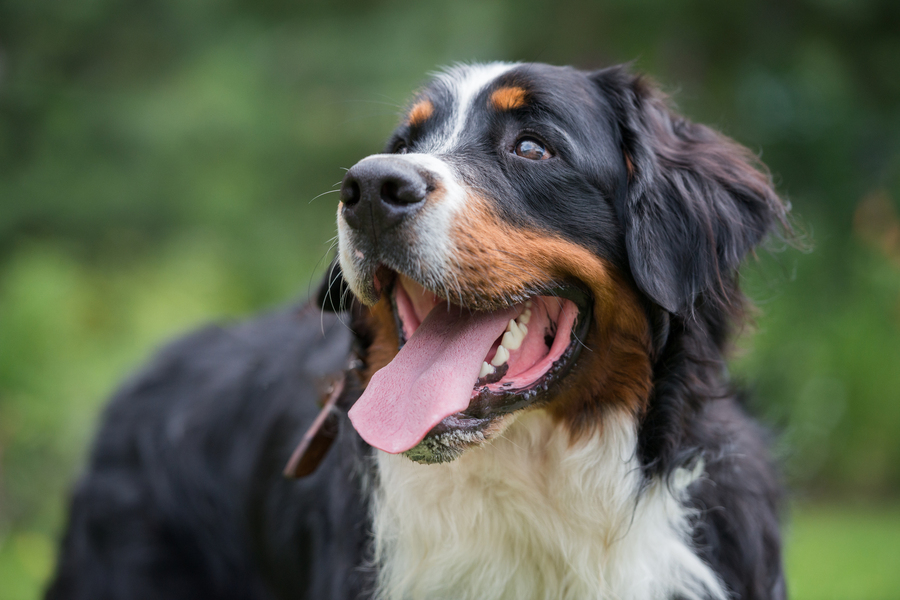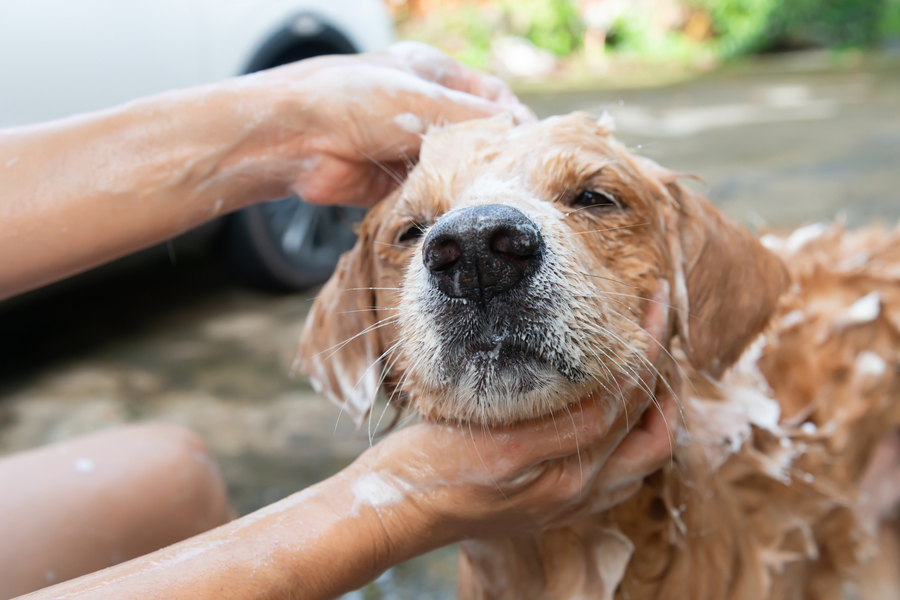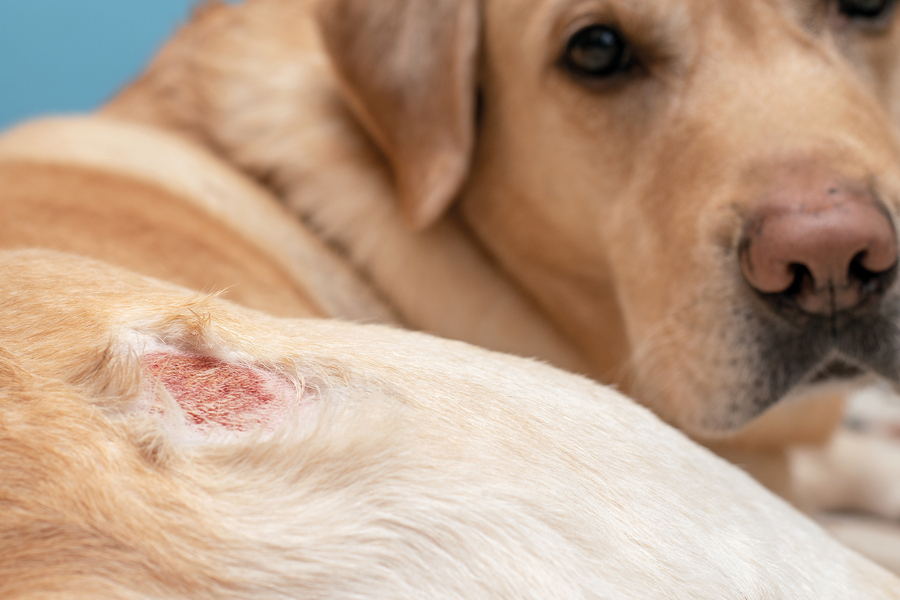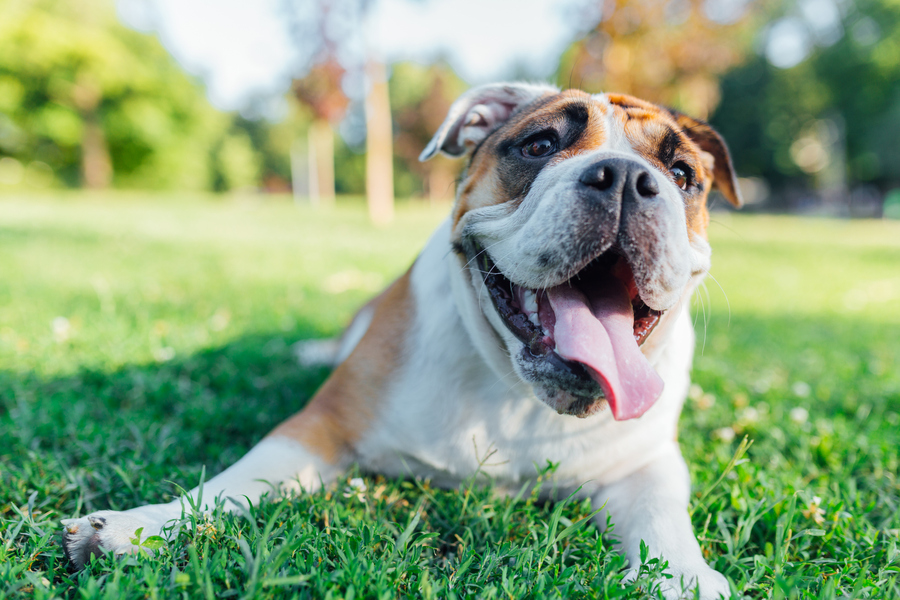
Bacterial skin infection (pyoderma)
What is pyoderma?
Pyoderma is an infection of the skin. It can occur as either superficial pyoderma, which involves the hair follicle, or deep pyoderma, which involves deeper levels of the skin. Many dogs in the UK suffer with episodes of superficial pyoderma - including acute moist dermatitis (hotspots) and skin fold dermatitis (intertrigo).
Why did my dog get pyoderma?
Pyoderma can occur for several reasons which include allergies, parasites and conformation, i.e., dogs with skin folds are more prone to disease between the folds. Certain breeds also have a predisposition to skin disease, some examples of which are below.
Breeds of dogs that are commonly affected by acute moist dermatitis ("hotspots") include:
-
Golden Retrievers
-
Newfoundlands
-
German Shepherds
-
Bernese Mountain Dogs
Breeds of dogs susceptible to skin fold pyoderma (intertrigo):
-
Pekingese, pugs, and bulldogs
-
Spaniels with lip folds


Treating pyoderma
Pyoderma will need to be diagnosed by a vet. In some cases, they may take skin samples or swabs to help determine the best treatment. In most instances the vet will prescribe a topical gel or cream to treat. In more severe instances they may also prescribe a course of oral antibiotics or anti-inflammatories.
Preventing pyoderma
To prevent pyoderma recurring then some simple steps need to be followed:
• Ensure clean/dry bedding
• Shampoo your dog regularly with a veterinary recommended shampoo
• Regular brushing
• Use veterinary recommended antiseptics if needed
• Investigate and treat the underlying disease







